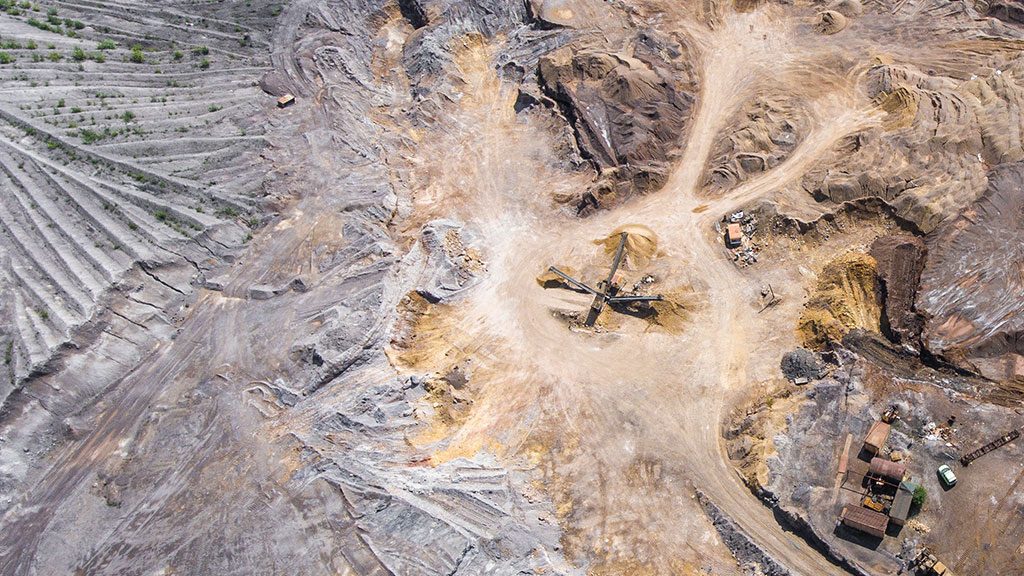Proposed changes to the Ministry of the Environment and Climate Change’s (MOECC) Excess Soil Regulatory Package could impact the development industry, but there are still some details that need to be ironed out, said the environmental director of a brownfield management company.
“I think that the soil movement industry has been dealing with a lot of uncertainty with regards to the expectations around excess soils. The proposed framework will help in levelling the playing field with regards to the expectations for soil management across the board by brownfield developers as well as greenfield developers,” said Monisha Nandi of Kilmer Brownfield Management. “Not checking to see whether or not your soil is contaminated will very clearly be unacceptable under the proposed regulatory framework…I think that’s a positive change for the industry in general.”
A panel discussion at the recent Excess Soil Symposium focused on what the proposed changes to the package could mean for municipalities, qualified persons (QPs) and the development community. In addition to Nandi, panellists included Dave Carnegie, a partner/senior consultant with Malroz Engineering, and Cary Clark, manager of development and environmental engineering with the City of Burlington.
Nandi said a lot of what’s in the proposed excess soil regulatory framework doesn’t feel as new to brownfield developers, adding it will more broadly impact greenfield developers in the industry.
This is likely to cause at least a short term disruption in the industry
— Monisha Nandi
Kilmer Brownfield Management.
She described the proposed excess soil management regulatory package as guilty until proven innocent.
“Until a source site or a developer can prove the innocence of their soil through a rigorous investigation and testing process they will have to manage those soils as a waste much like us in the brownfield development industry have been doing with our excess contaminated soils for many years,” Nandi noted.
One of the proposed changes that may impact the industry is the introduction of new standards that will apply to excess soils. Currently, Nandi explained, the environmental due diligence process for purchasing a new property is essentially done by characterizing soil as compared to the table two or three site condition standards and a purchaser may have bought the site thinking it’s clean.
“Now that soil may not meet the proposed excess soil standards so you’ll be dealing with potentially additional costs to dispose of that soil as waste. That’s likely not a cost you had considered at the time that you purchased that property,” she said, adding environmental due diligence programs for property acquisitions are going to need to change immediately once the regulation comes into effect.
“This is likely to cause at least a short term disruption in the industry while the proponents — buyers, sellers, contractors, QPs — try and figure out who should be paying for that incremental cost of disposing of that soil as waste.”
She hopes to see increases in soil processing and recycling sites to ensure all that waste doesn’t end up in a landfill due to the new standards and that it can be processed and beneficially reused. She also hopes the MOECC is prepared for an increase in applications for waste disposal permits which often take years to obtain.
The other key change she sees in the regulation is the clear allocation of responsibility to the source site owners. Currently in the industry, it’s generally the earthworks contractors that are managing the excess soil disposal at a property and often the source site owner does not even know where that soil is going to be disposed.
“That’s going to have to change,” said Nandi. “The ministry has been very clear that the source site owners will be responsible for characterizing the soil, tracking the soil and moving it to an appropriate site whether that be a receiving site or a reuse site or a waste disposal site.”
Under the current waste regulations, if a source site were to designate their soils as waste and send it to a waste disposal site, there is a clear end to that source site’s liability. There is a part of the law that says the ownership of that waste transfers when the waste disposal site takes the truck’s waste.
“There isn’t that same clarity regarding the end of the source site’s liability (in the new proposal),” said Nandi. “I don’t see anything that prevents a source site from being brought in as one of many responsible parties to address that issue. It will be up to each source site to really decide from a cost benefit perspective whether they value liability closure enough to incur these additional costs for soil disposal as waste.”











Recent Comments
comments for this post are closed